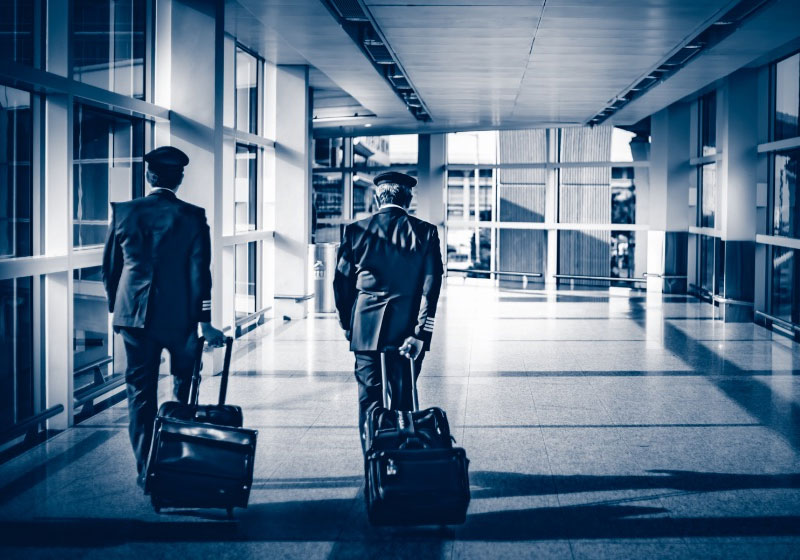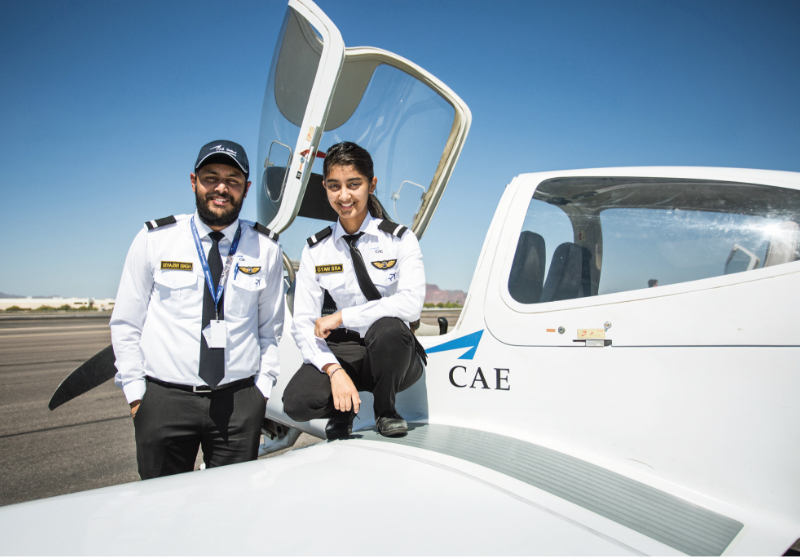Training Partnerships
One smart approach for coming together as an industry to meet the demand for pilots as well as instructors is to embrace training partnerships. Instructor provisioning was an issue before COVID-19. As growth returns to the industry, the availability of high-quality instructors will pose a challenge for years to come. To meet this critical need, training organizations can alleviate the stress to recruit, train, and retain instructors.
ATOs provide a range of training services, including :
Pilot selection, assessment, and aptitude testing
Program analysis and design
Development and provision of eLearning and other training content
Initial type rating and recurrent flight training
Stand-alone training courses, such as Upset Prevention and Recovery Training (UPRT)
Integrated or stand-alone Crew Resource Management (CRM) training
To maintain momentum, growth, and the engagement of their people and customers, air operators that rethink training partnerships will be the ones that thrive.
Operators could form partnerships with ATOs (Approved Training Organizations) which would enable them to refocus their efforts on their core competencies. By doing so, air transport operators can become more agile and navigate through uncertainty with more flexibility, minimizing operational risk at the same time.
There are two types of ATOs, those that engage in the delivery of basic training programs at the primary level and those responsible for aircraft type and systems training.



